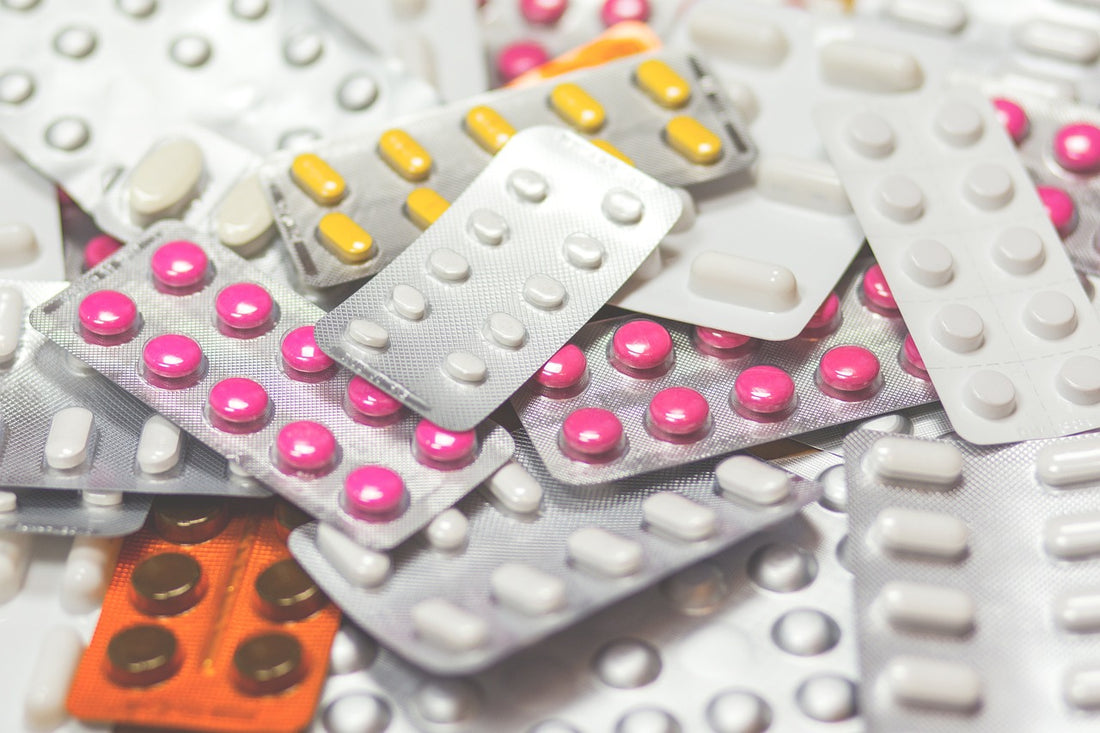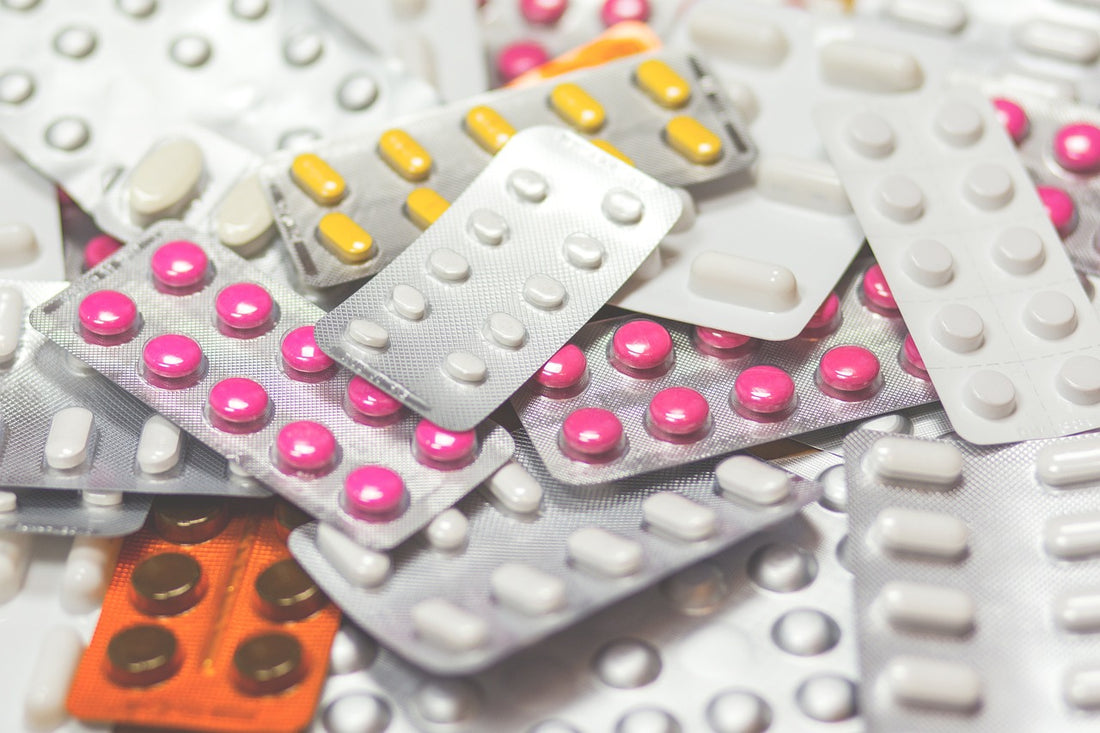
Fentanyl-Laced Drugs
Daniel PattersonIn recent years, the presence of fentanyl-laced drugs has skyrocketed, posing an unprecedented risk to teens experimenting with substances. Fentanyl, a synthetic opioid up to 50 times more potent than heroin, is increasingly being mixed with drugs like marijuana, cocaine, MDMA, and counterfeit pills. Many teens are unaware of this deadly contamination, making even a single use potentially fatal. Understanding the risks and taking proactive steps to educate and protect your teen is essential.
Here’s what you need to know about fentanyl-laced drugs and how to keep your teen safe.
1. What Is Fentanyl, and Why Is It So Dangerous?
Fentanyl is a powerful synthetic opioid originally developed for severe pain management. Due to its potency, even a small amount—just a few milligrams—can cause an overdose. Illicit drug manufacturers often mix fentanyl into other drugs to increase potency and profitability. However, these mixtures are usually unregulated, meaning a single dose can contain a lethal amount.
According to the Centers for Disease Control and Prevention (CDC), fentanyl was involved in over 70% of teen overdose deaths in recent years, with numbers rising sharply as more drugs become contaminated.
2. Why Are Teens at Risk?
Teens are especially vulnerable to fentanyl-laced drugs because they may unknowingly purchase counterfeit pills or other substances from friends or online sources. What may look like prescription medications, such as Xanax or Adderall, could actually be laced with fentanyl, as could recreational drugs like cocaine or MDMA. Teens experimenting with substances may not realize the dangers involved, assuming the drugs are “safe” or similar to what peers are using.
The Substance Abuse and Mental Health Services Administration (SAMHSA) notes that social media platforms and online marketplaces make it easier than ever for teens to access these substances, often without understanding the risk of fatal contamination.
3. Signs Your Teen May Be Using Fentanyl-Laced Drugs
Recognizing potential drug use in teens can be challenging, but awareness is critical, given the risk of fentanyl contamination. Here are a few signs to watch for:
- Unexplained lethargy or drowsiness: Fentanyl is a depressant, so teens using fentanyl-laced drugs may exhibit unusual tiredness or extreme drowsiness.
- Loss of appetite or weight loss: Opioid use often suppresses appetite, leading to weight loss over time.
- Constricted pupils: Fentanyl and other opioids can cause pupils to become small and unresponsive to light.
- Physical changes: Changes in appearance or self-care can be an indicator of substance use.
- Secretive behavior: Teens attempting to hide drug use may isolate themselves, avoid eye contact, or become increasingly secretive about their activities.
If you suspect your teen may be using substances, approach the topic carefully and non-judgmentally to keep the lines of communication open.
4. How to Talk to Your Teen About the Dangers of Fentanyl-Laced Drugs
Talking about the risks of fentanyl can be challenging, especially if you’re worried about your teen’s choices. However, clear and honest communication about the dangers of fentanyl-laced drugs can be a powerful deterrent.
What You Can Do:
- Educate them on the risks: Explain that fentanyl is deadly even in tiny amounts and that it’s commonly found in various drugs, even ones that seem safe.
- Encourage them to be cautious: Let your teen know it’s okay to be skeptical and cautious around substances offered by others. Encourage them to reach out to you if they ever feel pressured to try something.
- Offer non-judgmental support: Create a safe environment where your teen feels comfortable discussing peer pressure or curiosity around substances. The National Institutes of Health (NIH) suggests using open-ended questions to promote conversation without causing your teen to feel interrogated or judged.
5. What to Do if Your Teen Is Exposed to Fentanyl
If you discover that your teen has used a fentanyl-laced substance or is at risk of exposure, quick action is vital. Fentanyl overdoses can occur within minutes, but there are steps you can take to prevent tragedy.
Steps to Take:
- Consider having naloxone on hand: Naloxone (Narcan) is an emergency opioid overdose reversal drug available without a prescription in many states. Administering naloxone quickly can save lives in the event of a fentanyl overdose.
- Seek immediate medical help: If you suspect an overdose, call emergency services immediately.
- Connect with a healthcare provider: Discuss options for ongoing support or counseling to help prevent future substance use.
The Drug Enforcement Administration (DEA) recommends that parents consider naloxone as a safeguard in homes where teens are at risk of experimenting, as overdoses from fentanyl-laced drugs are unpredictable but preventable.
Conclusion
Fentanyl-laced drugs are a hidden, deadly risk that’s becoming more common among teens experimenting with substances. By educating your teen, watching for signs of use, and being prepared with emergency measures, you can protect your child from the dangers of this highly potent opioid. Remember, open communication and proactive steps can make all the difference.
References:
- Centers for Disease Control and Prevention. (2023). "Fentanyl and the Rising Teen Overdose Crisis."
- Substance Abuse and Mental Health Services Administration. (2022). "Teen Substance Use and the Risks of Fentanyl-Laced Drugs."
- American Academy of Pediatrics. (2021). "Signs of Opioid and Fentanyl Use in Teens."
- National Institutes of Health. (2022). "Talking to Teens About the Dangers of Fentanyl."
- Drug Enforcement Administration. (2023). "Preventing Fentanyl Overdose in Teens."











